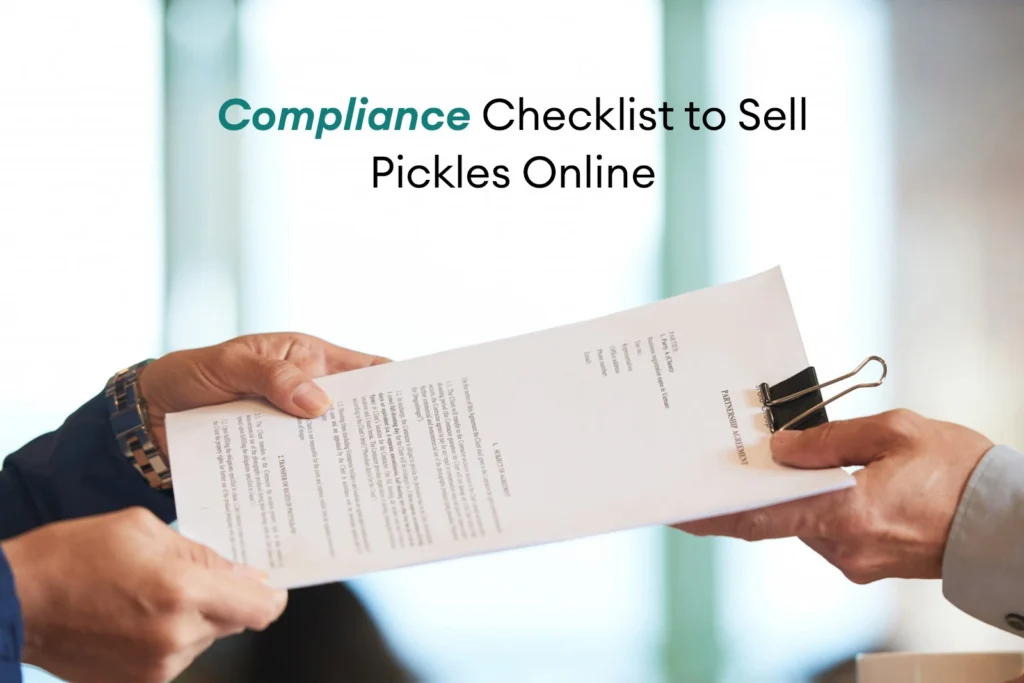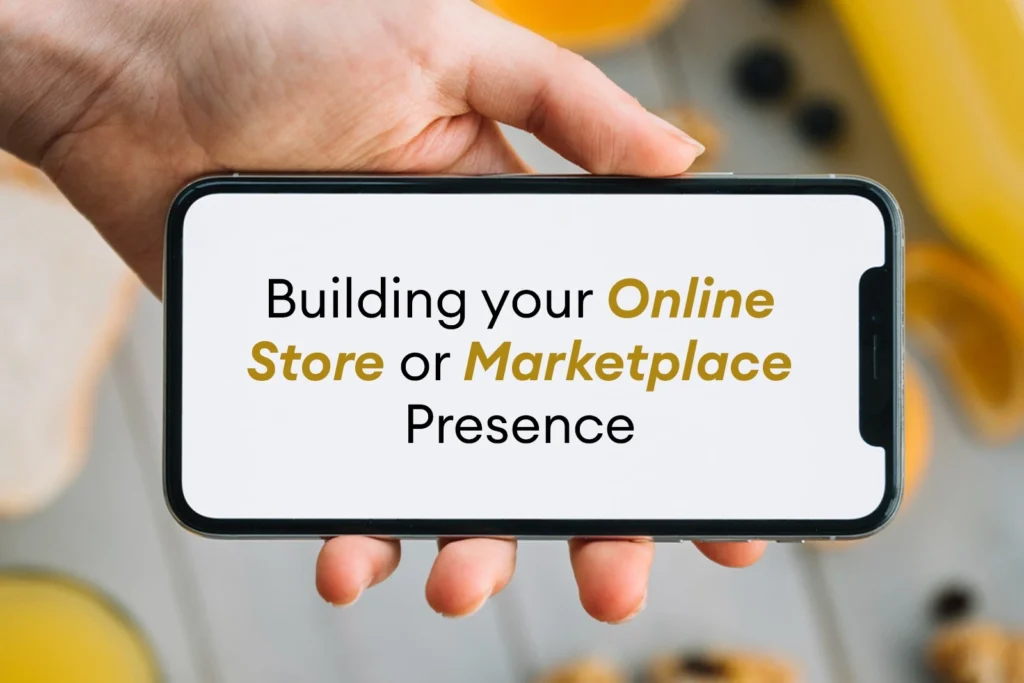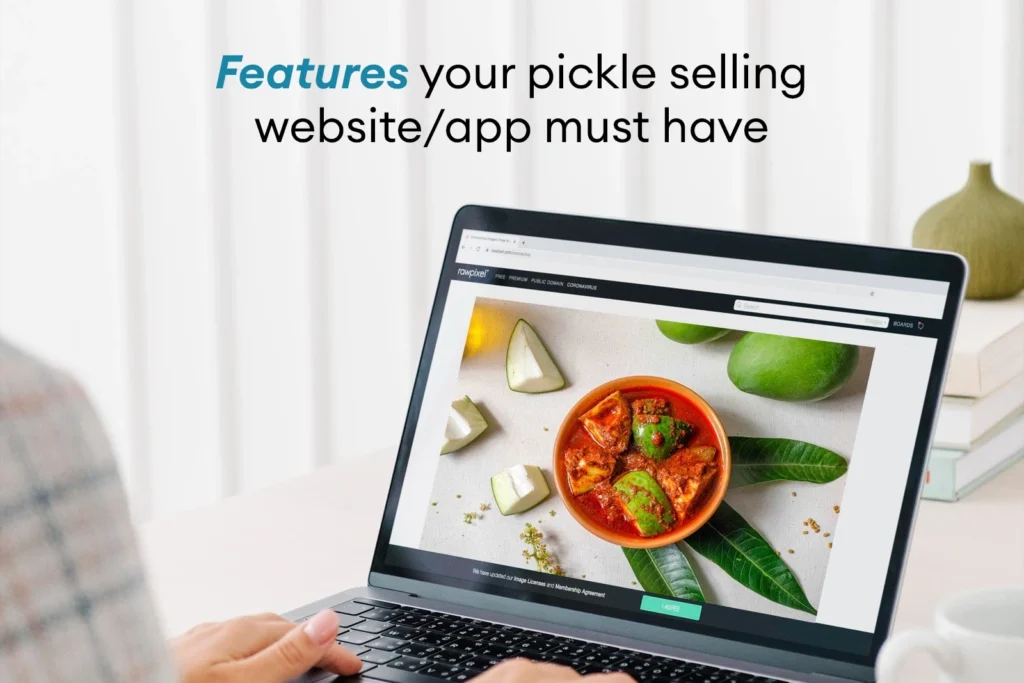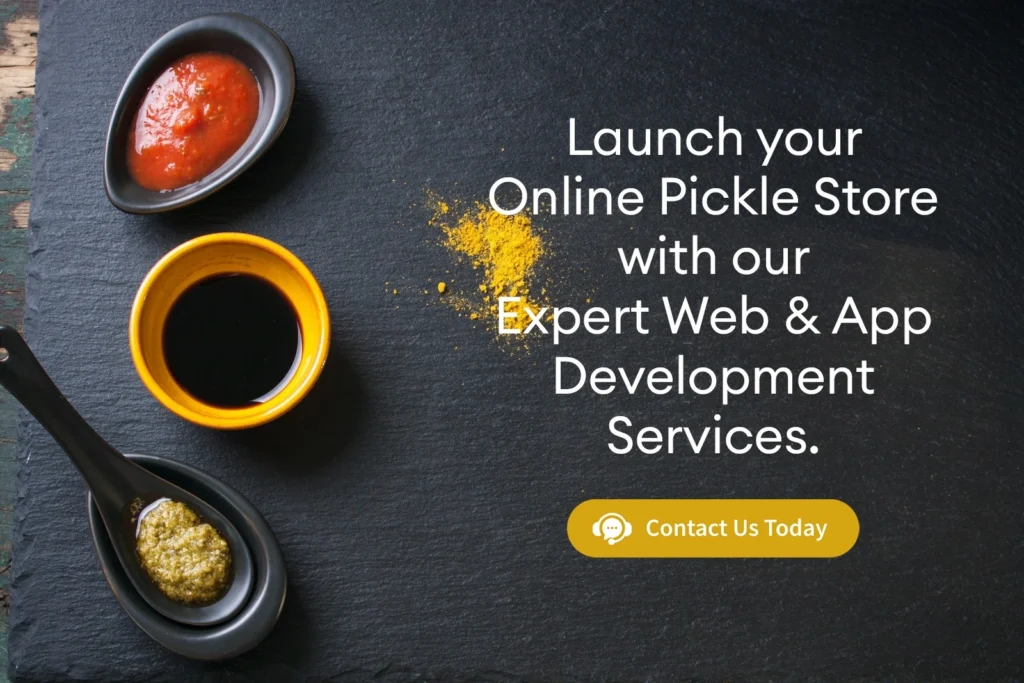India’s love for pickles is deeply rooted in tradition, culture, and memory. From fiery Andhra Avakaya to tangy Punjabi mango pickle, every region has its specialty. But in today’s digital age, you no longer need to rely on local markets or word-of-mouth to sell your handcrafted jars. With ecommerce and digital platforms, you can start a profitable pickle brand from your kitchen and reach customers across the country—even globally.
This detailed guide walks you through everything you need to know to launch, run, and scale your online pickle business in India—from FSSAI registration to building a D2C website, to creating buzz on Instagram.

Compliance Checklist to Sell Pickles Online
1. FSSAI Registration & Licensing
You must obtain an FSSAI license to legally sell pickles online in India—even if you’re operating from home.
Types of FSSAI License:
- Basic Registration – For annual turnover under ₹12 lakh.
- State License – For turnover between ₹12 lakh to ₹20 crore.
- Central License – Required if you’re exporting or selling across states with turnover above ₹20 crore.
How to Apply:
- Visit https://foodlicensing.fssai.gov.in.
- Create an account.
- Fill out Form A (Basic) or Form B (State/Central).
- Upload required documents:
- Aadhaar/PAN card
- Passport-size photo
- Address proof
- Business constitution certificate
- Product details (pickle type, packaging, shelf life)
- Pay the applicable fee (starts at ₹100/year for Basic license).
- Receive registration certificate in 7–30 days.
Tip: Label every jar with your FSSAI license number—it’s mandatory.
2. GST Registration & Business Structure
- GST Registration is mandatory if your turnover exceeds ₹20 lakh annually.
- Apply on https://www.gst.gov.in.
- Once registered, you’ll receive a GSTIN (Goods and Services Tax Identification Number).
Choose a Legal Business Structure:
- Sole Proprietorship: Ideal for individuals running from home.
- Partnership/LLP: If you’re co-founding with a family member or friend.
- Private Limited Company: Suitable for brands seeking funding or planning to scale nationally.
3. Packaging & Labeling Requirements
Pickles, being oil-based or acidic, require specific packaging standards:
- Use glass jars or food-grade PET containers.
- Labels must include:
- Brand name
- Ingredients
- Net quantity
- Date of manufacture
- Best before/expiry date
- FSSAI license number
- Nutritional info (optional but recommended)
- Batch number
- MRP and barcode (for retail or online platforms)
Ensure packaging is leak-proof and tamper-evident. Vacuum sealing can increase shelf life and reduce returns.
4. Food Hygiene and Safety Practices
If inspected, your kitchen must follow:
- Clean surfaces and utensils
- Storage in air-tight containers
- Use of gloves, aprons, and hairnets
- Periodic pest control
- Regular batch testing (for larger manufacturers)
You can also opt for ISO 22000 or HACCP certification as you scale.
Building Your Online Store or Marketplace Presence

Option 1: Sell on Online Marketplaces
Amazon, Flipkart, BigBasket, and JioMart allow food entrepreneurs to sell pickles with valid documentation.
Steps to Start:
- Sign up on seller portals (e.g., sellercentral.amazon.in).
- Upload documents:
- FSSAI license
- GSTIN
- PAN and address proof
- Bank account details
- List your products with description, images, pricing
- Set up delivery through Fulfilled by Amazon (FBA) or Easy Ship
Pros:
- Built-in traffic and credibility
- Logistics and returns handled by platform
Cons:
- Commission fees (8%–20%)
- High competition
- Limited brand control
Option 2: Build Your D2C (Direct-to-Consumer) Website
Use Shopify, WooCommerce (WordPress), or Wix to set up your own branded store.
Essentials:
- Buy a domain (e.g., NandinisPickles.in)
- Choose a mobile-optimized template
- Set up product pages with:
- High-quality images (jar close-ups, textures)
- Descriptions with regional stories
- Ingredients and allergen warnings
- Integrate payment gateways like Razorpay, PayU, or Instamojo
- Enable delivery via Shiprocket, Delhivery, or Dunzo
Bonus: Add “WhatsApp to Order” button for faster conversions in Tier 2 and 3 markets.
Option 3: Get Listed on ONDC and Hyperlocal Apps
- ONDC (Open Network for Digital Commerce) is India’s new ecommerce revolution.
- Register via SellerApp, Mystore, or Paytm for ONDC
- List on Swiggy Minis, Dunzo, Zomato for local delivery radius
Features Your Pickle Selling Website/App Must Have

Authentic Product Descriptions
Tell stories. Don’t just write “Mango Pickle”. Write:
“Crafted using raw Totapuri mangoes handpicked in peak season, this spicy Andhra Avakaya uses stone-ground mustard and cold-pressed sesame oil—just like Grandma made it.”
Photography and Video Integration
- Use DSLR or hire a food photographer.
- Include:
- Overhead shots
- Open jar close-up (texture)
- Serving suggestions (paratha, curd rice)
- Upload behind-the-scenes videos
User-Friendly Features
- Filter by flavor profile, state origin, spice level
- Mobile-responsive with voice-search compatibility
- WhatsApp order tracking and order confirmation
Subscription and Bulk Order Features
- Create monthly pickle boxes
- Set up recurring orders
- Offer wedding/bulk gifting packs with custom labels
Using Instagram, YouTube, and Influencers to Grow Your Brand

Instagram Growth Strategy
- Post 3–4 Reels weekly
- Use hashtags: #IndianPickles #AchaarLove #PickleBusinessIndia
- Run contests like “Guess the Spice” or “Achaar with Paratha Challenge”
YouTube Shorts & Regional Recipes
- Upload videos like:
- “How We Make 50 Litres of Lemon Pickle Every Month”
- “5 Ways to Use Gongura Pickle”
- Use Hindi, Tamil, Telugu for deeper engagement
Influencer Marketing
- Target food influencers with 5K–50K followers (micro-influencers)
- Send sample packs for reviews
- Offer affiliate codes to drive sales
Launch Your Online Pickle Store with Our Expert Web and App Development Services – Book a Free Consultation Now

A custom-built ecommerce store tailored to food and FMCG sellers ensures:
- Fast performance
- SEO-optimized pages
- Order tracking and shipping integration
- Scalability as your brand grows
Need help launching?
Book a free consultation and let our team build your store or mobile app with professional design, security, and marketing integrations.
Conclusion
Selling pickles online in India is both a nostalgic journey and a modern business opportunity. With the right licenses, storytelling, ecommerce setup, and digital strategy, your homemade flavors can reach thousands across the country. Begin with quality, stay compliant, invest in marketing, and watch your brand pickle up profits.
FAQs
Do I need an FSSAI license if I only sell pickles on Instagram or WhatsApp?
Yes. Any food business operator, even selling from home via social media, must obtain an FSSAI registration.
How do I start selling on Amazon India?
Create a seller account on sellercentral.amazon.in, submit your FSSAI and GST, then upload your products with pricing and delivery options.
What’s the shelf life of pickles for ecommerce?
Typically 6–12 months if stored in airtight jars with proper preservatives and packaging. Always mention expiry on labels.
How much does it cost to start an online pickle business?
Minimum investment: ₹15,000–₹50,000. This includes FSSAI, GST, packaging, initial ingredients, domain, and website setup.
Can I export pickles from India?
Yes. You’ll need an Import Export Code (IEC) from DGFT and meet international food safety norms. Start domestically before scaling globally.

